Back to main site
Research

Mind-controlled robots now one step closer

Can oil and water mix?

Rigidifying cancer cells for better immunotherapy

Tissue engineering using mechanobiology and robotic micromanipulation

Restless nature of human spinal cord, non-invasive imaging reveals

The NFT market for digital artwork behaves like social networks

Ultrafast optical switching can save overwhelmed datacenters
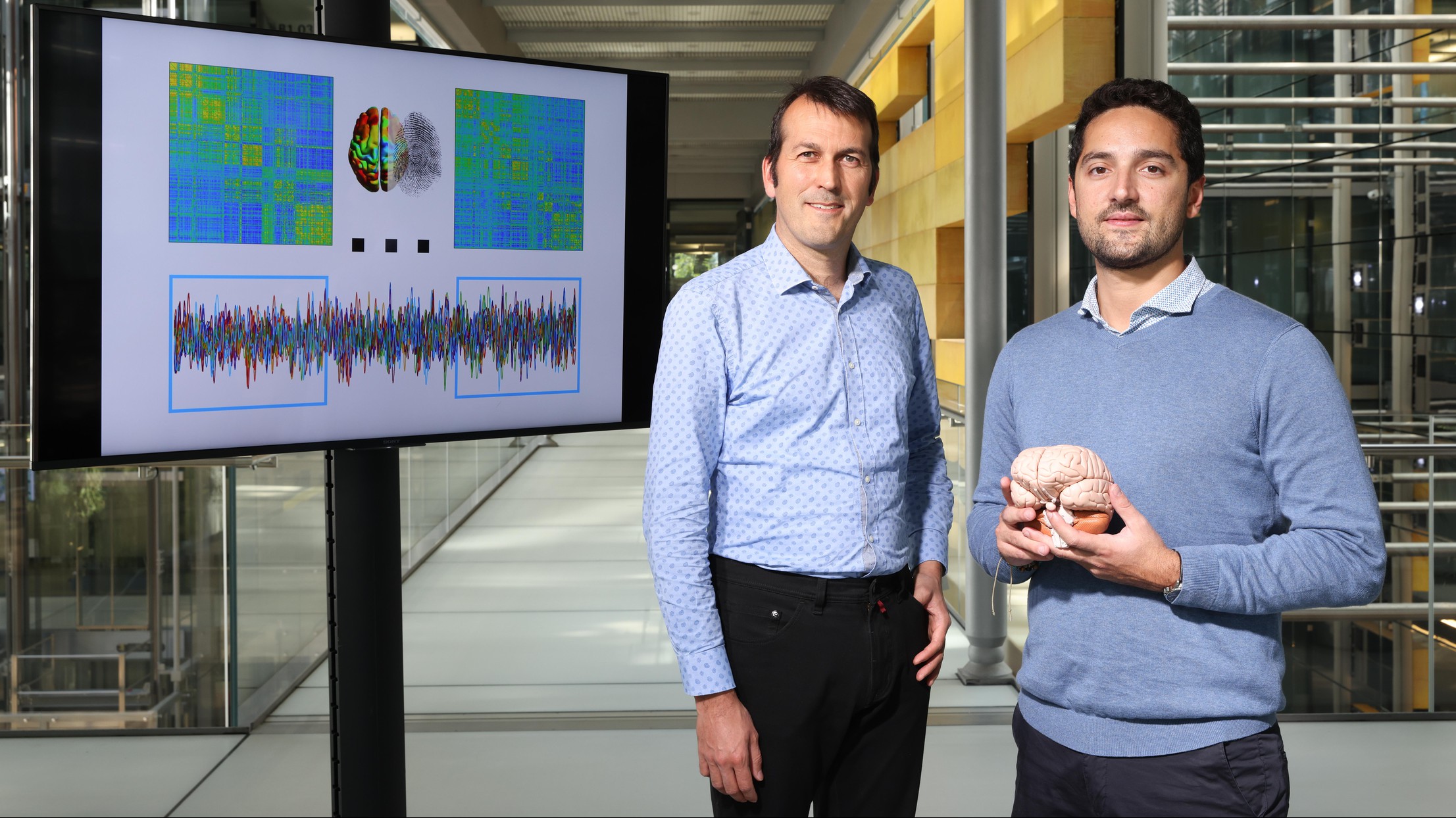
Our brains have a “fingerprint” too

New proteins enable scientists to control cell activities

How to force photons to never bounce back

Real-Time Monitoring of Nanoscale Polarization Switching

Next-generation camera can better locate tumors

New photoelectric implant controls the activity of spinal neurons

EPFL engineers introduce a new approach for recycling plastics

New immunotherapy method turns activated specifically in tumor
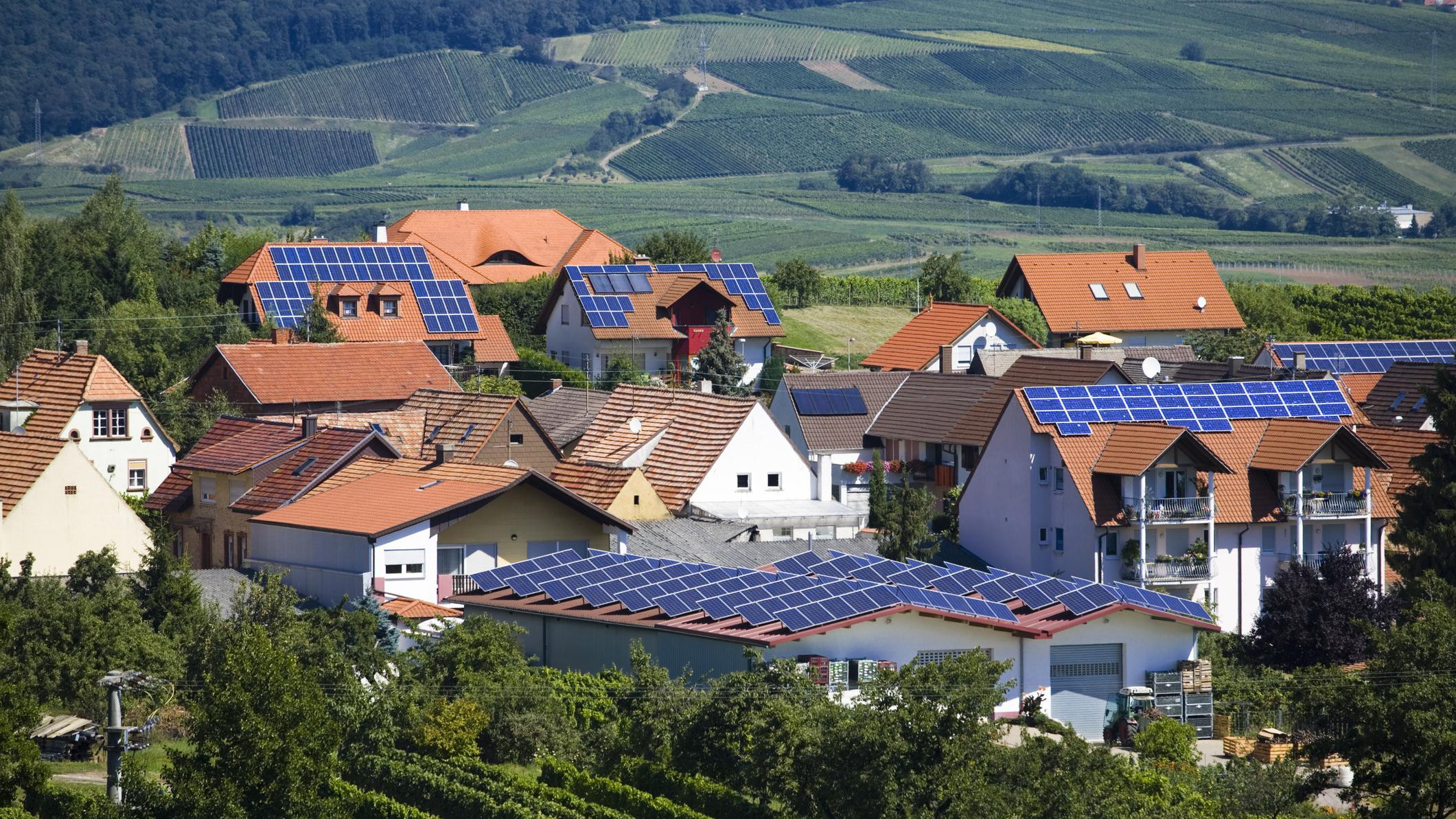
Flexibility will be key to a large-scale rollout of solar power

Optical technology can slash the energy required by AI

Swimming robot gives fresh insight into locomotion and neuroscience

Brain fingerprints help doctors detect neurological disease

“My robots can assist us in our daily lives”
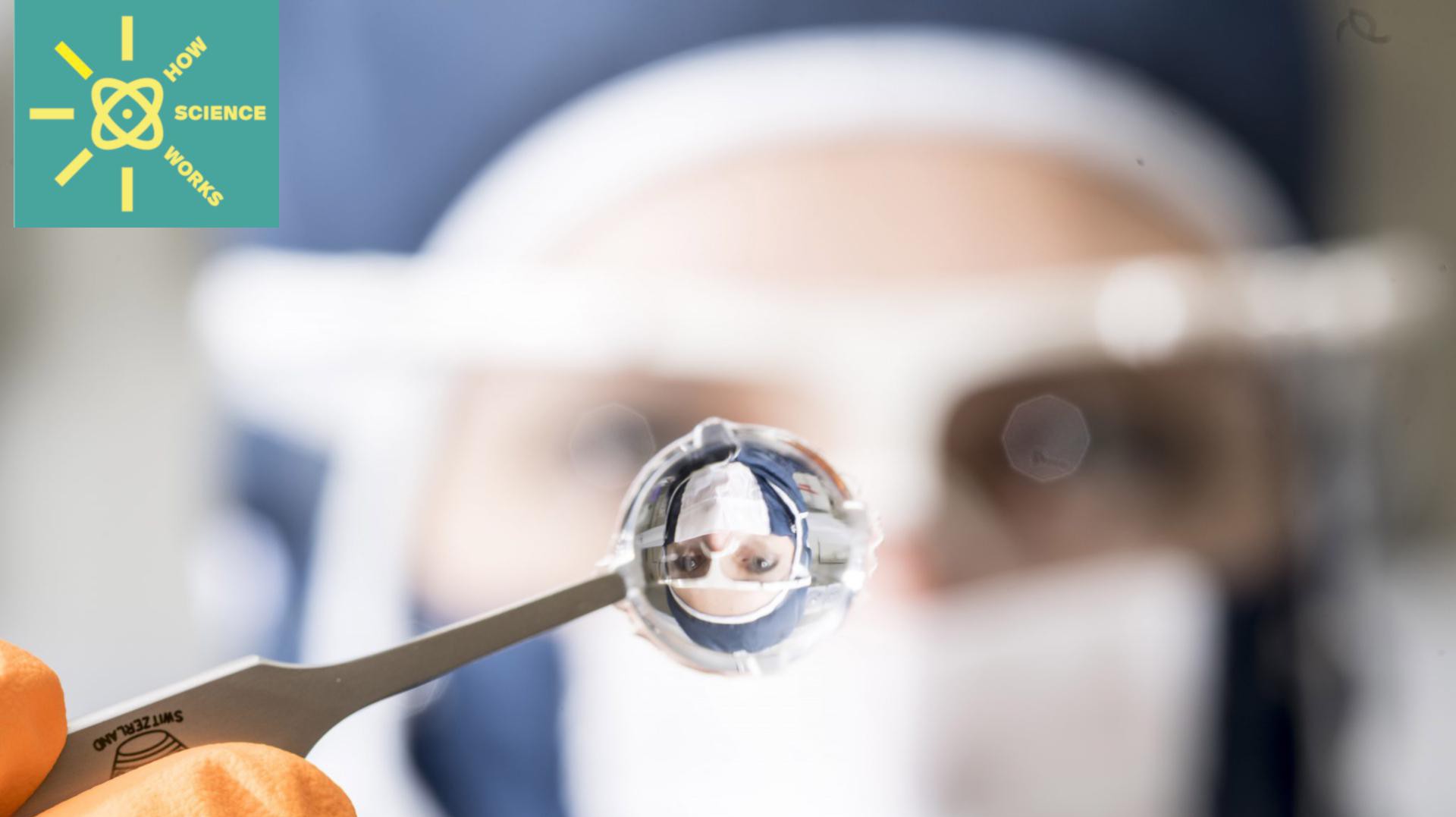
Why do scientific discovery take so long to reach the general public?

Pumped to assist the heart with an artificial aorta

A virus to identify small peptide mimics of antifreeze proteins

Next-generation implants will be biodegradable and non-invasive

Tailored optical stimulation for the blind

Democratising robotics with artificial intelligence

Modeling the friction between pages in a book

Microscope reveals the secrets of a material’s structure

Microscope reveals the secrets of a material’s structure

Using light to monitor cancer

Moving one step closer to personalized anesthesia

Engineered protein gives an energetic boost to cancer-fighting cells

Helping drone swarms avoid obstacles without hitting each other
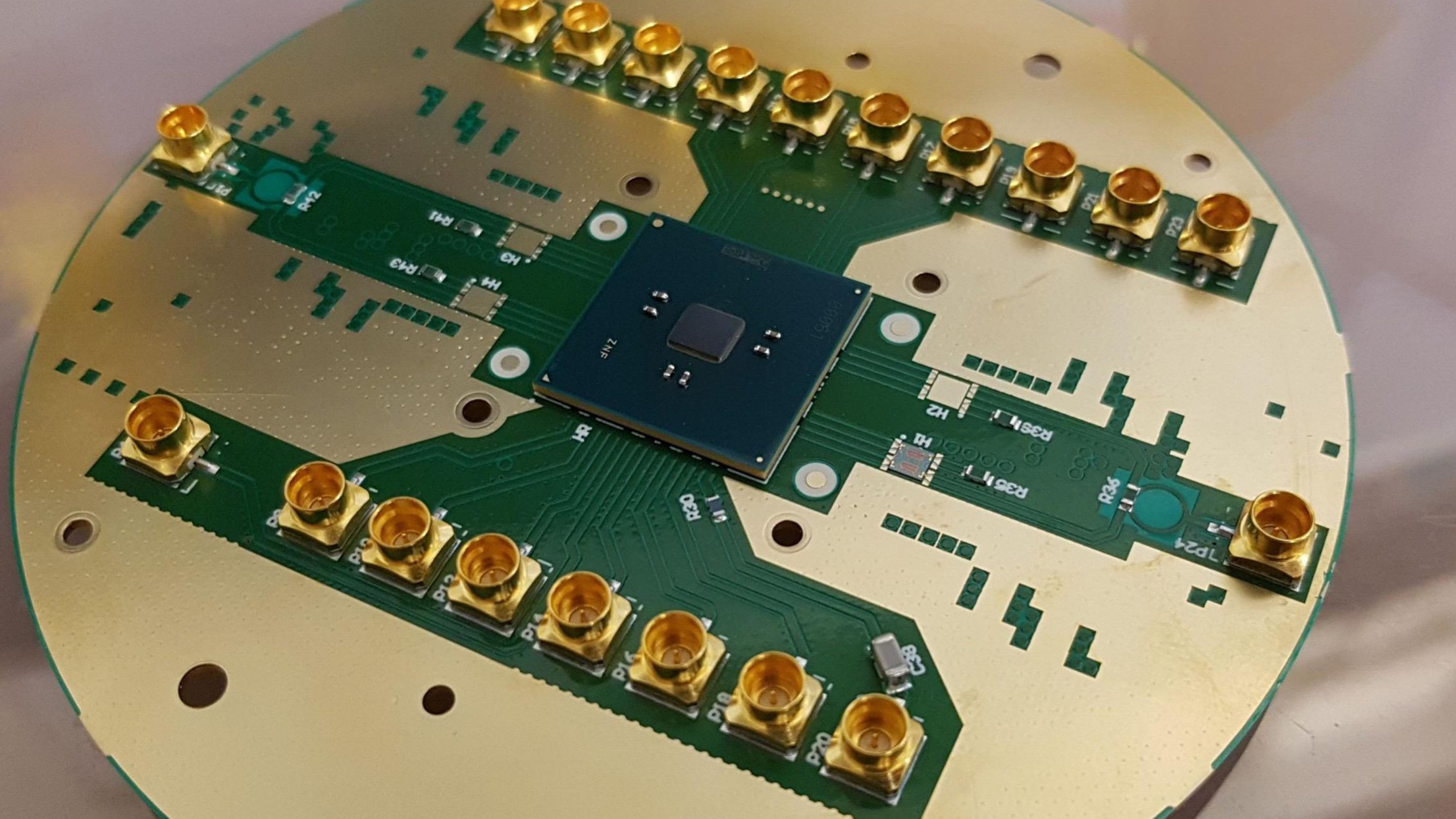
Cold chips can control qubits

Light meets superconducting circuits

A laser will track lightning on the Säntis
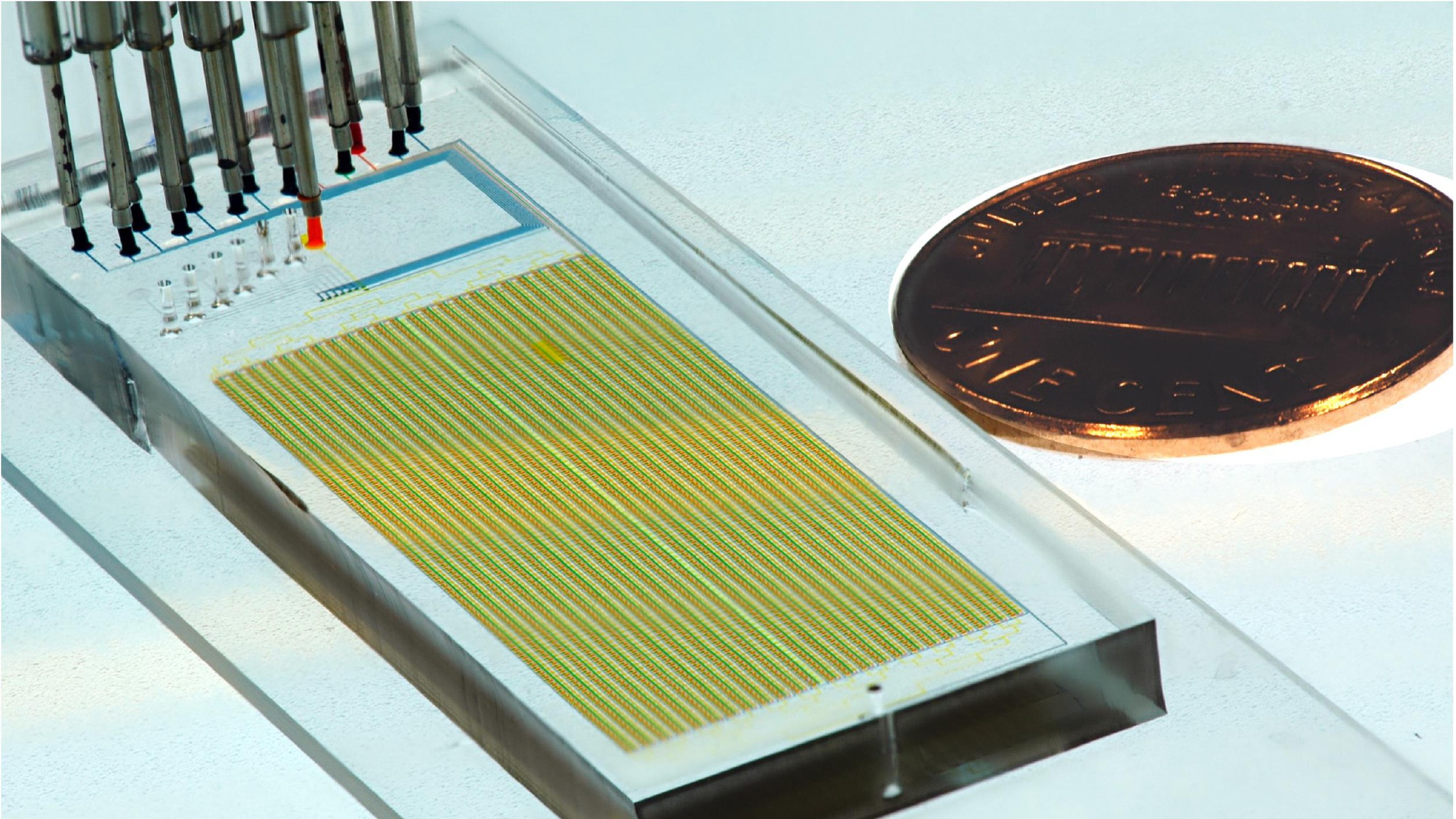
COVID-19 test detects antibodies in hundreds of tiny blood samples

Theory and experiments to understand a contact between two filaments

New tech builds ultralow-loss integrated photonic circuits

New Imaging Center Pools the Know-How of Five EPFL Schools
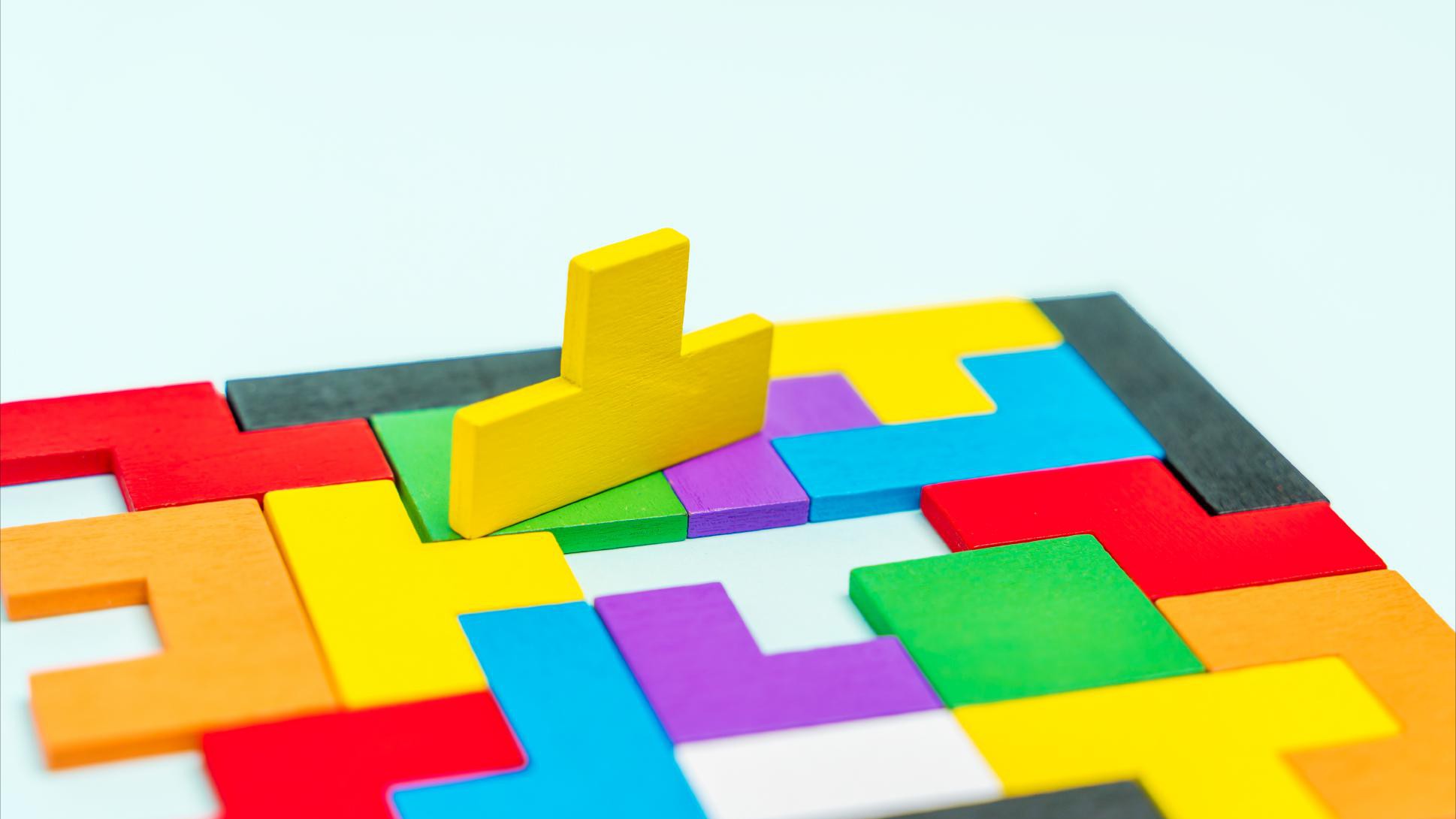
EPFL School of Life Sciences joins the Center for Intelligent Systems

Bioprinted mini pancreas will help in the fight against diabetes

Scientists now able to map defects in 2D crystals in liquid

Parkinson’s disease: wearable sensors to track symptoms

Retinal implants can give artificial vision to the blind
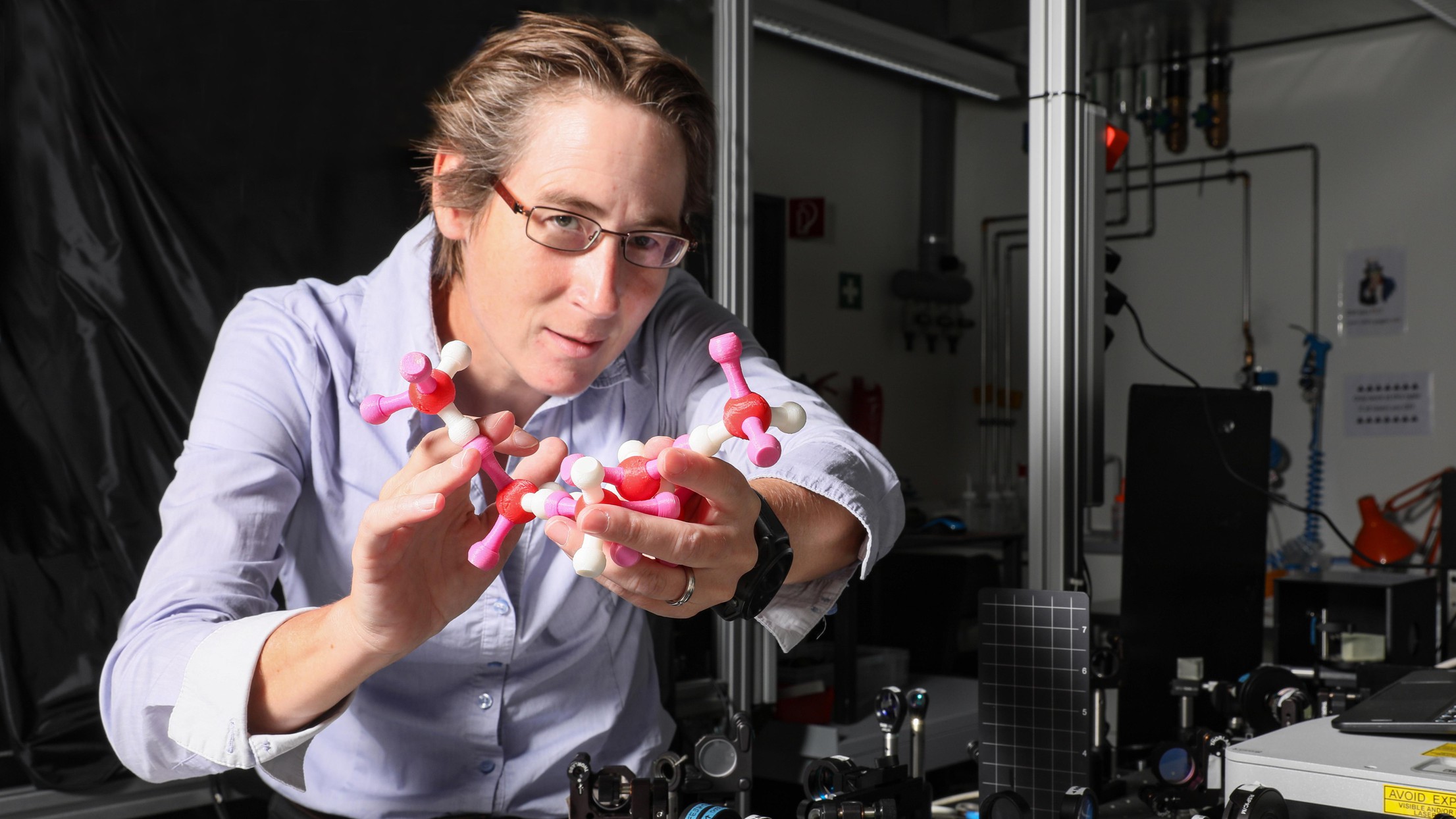
https://actu.epfl.ch/news/water-influences-the-stickiness-of-hyaluronan-3/

Cancer: a new killer lymphocyte enters the ring

Novel sandwich technology improves sensitivity of rapid tests

Artificial intelligence to explore the biomolecular world

A promising future for soft bioelectronic interfaces

New nanotransistors keep their cool at high voltages

Clean hydrogen can reduce the climate impact of industries

Lasers and virtual reality to revolutionize watch-crystal engraving

MRI helps unravel the mysteries of sleep

New metamaterial offers reprogrammable properties

Light-based processors boost machine-learning processing

Signs of burnout can be detected in sweat

Droplets perform daredevil feats on gel surfaces

Artificial aorta can reduce patients’ blood pressure

Innovative mechanical system makes it easy to turn bedridden patients

Proteins à la carte expand beyond Nature’s repertoire
